This Med Student Went Viral For Showing How To Properly Use An EpiPen After One Girl Accidentally Stabbed Herself With One
BuzzFeed
4 min read
In preparation for this article, I tried to find data on the amount of Americans who currently have EpiPens — a medical device used to self-inject an emergency dose of epinephrine to treat life-threatening allergic reactions, known as anaphylaxis — and the closest number I could find was in a 2016 Wall Street Journal article that estimated prescriptions to be around 3.6 million nationwide.
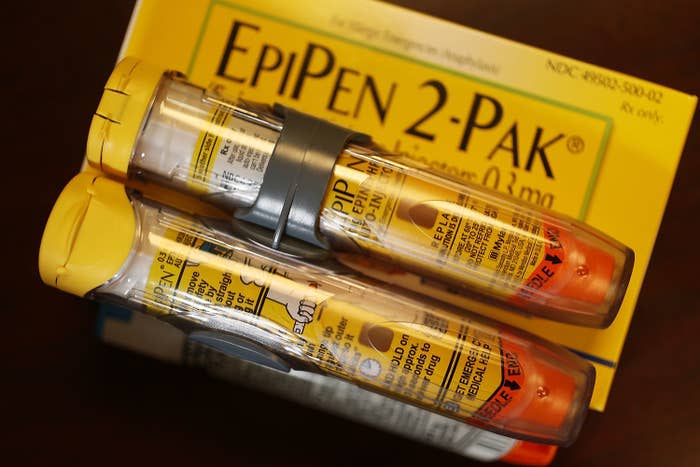
Joe Raedle / Getty Images
The struggle to find information about EpiPens only solidifies the point of medical student Mutahir Farhan, who recently expressed a greater need for education on the life-saving device after seeing a video of a young girl accidentally stabbing herself with the needle, instead of her friend who she was trying to help.
In Mutahir's reaction video, which has been viewed over 3.2 million times, you can see the EpiPen holder attempting to jab her friend with the wrong end. The needle is actually located on the highlighted, orange end.
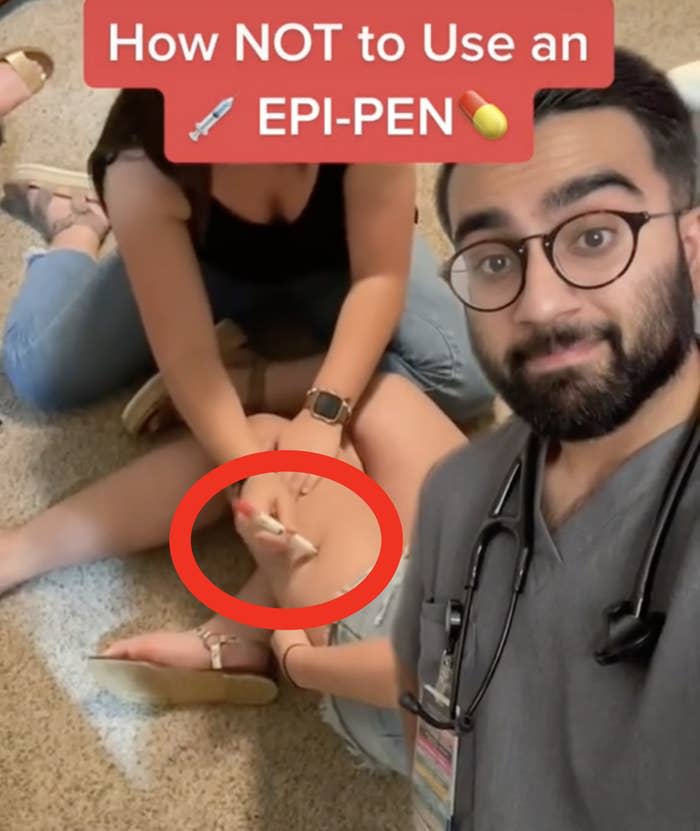
TikTok: @madmedicine / Via tiktok.com
Then she tries again, but this time she uses her thumb as leverage, and ends up stabbing herself. "It just shot me," the girl can be heard repeating over and over again.
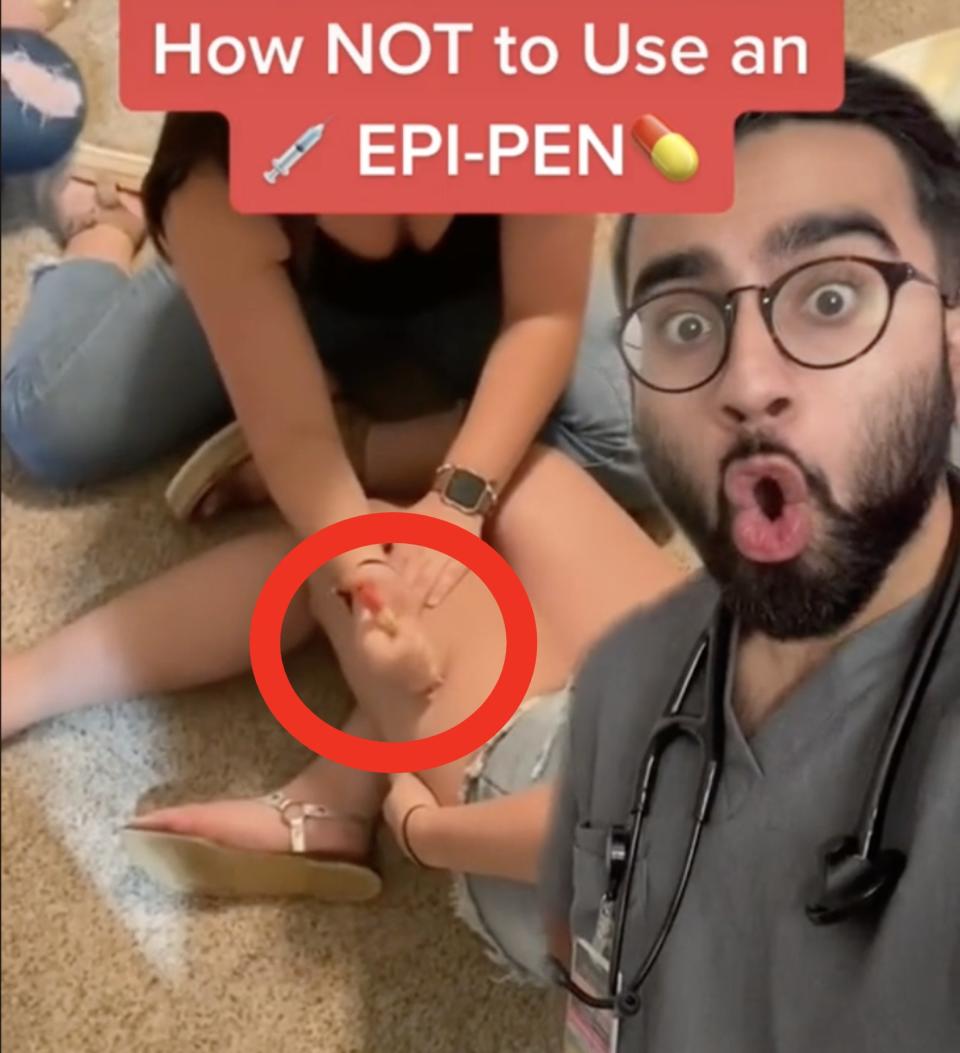
TikTok: @madmedicine / Via tiktok.com
"When I first saw the video of the girl accidentally injecting herself instead of her friend with the EpiPen, I instantly thought [about] how easily that could happen to ANYONE," Mutahir told BuzzFeed.
So, the studying doctor dedicated his video to teaching others how to correctly use the device.
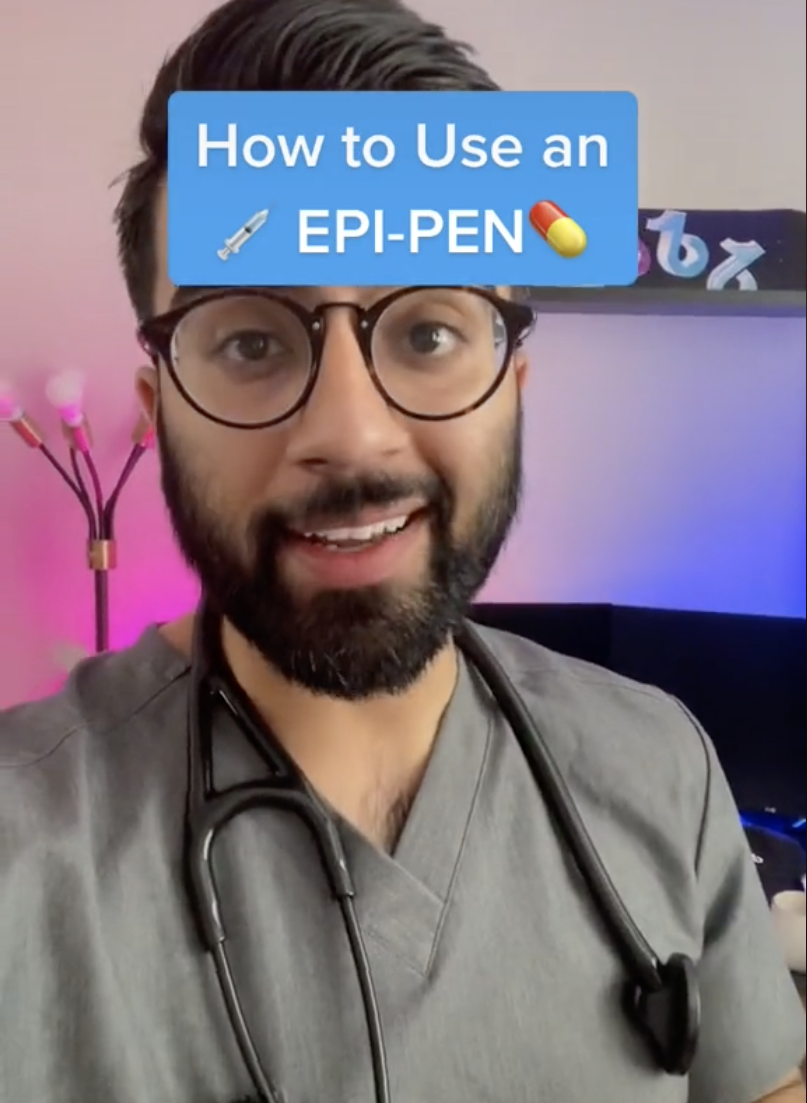
Class is in session!

Alexa Lisitza / Via BuzzFeed
EpiPens are only available to patients with severe allergies who have shown previous signs of anaphylaxis and are at continued risk for the dangerous reaction.
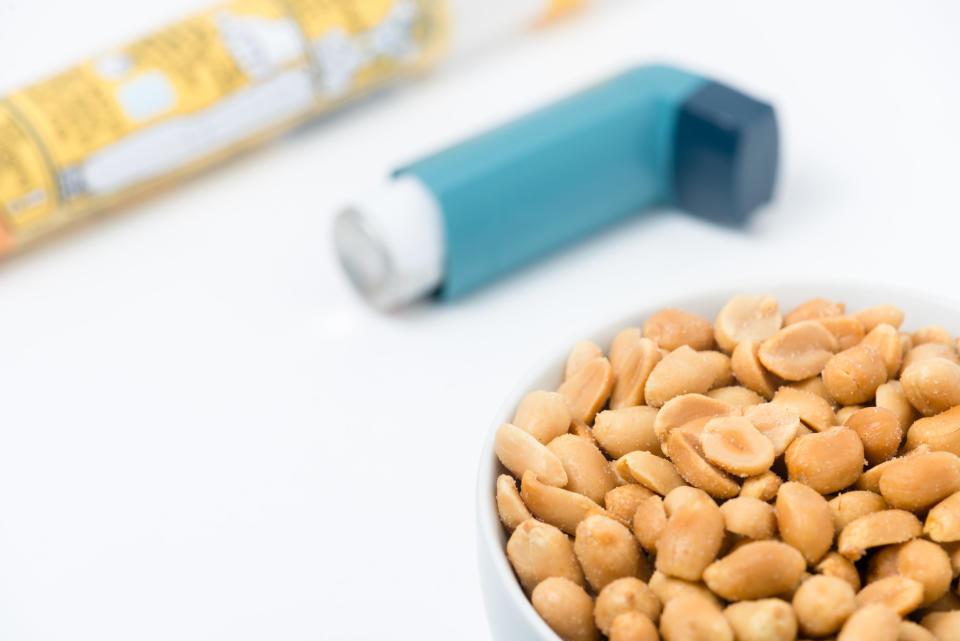
When prescribing an EpiPen, doctors may recommend their use if you have had an allergic reaction with accompanying asthma, specific food triggers, heart disease, or limited access to emergency medical care.
The price for a pack of two EpiPens can cost upward of $700 — a dramatic increase from its original $57 tag — which has led many to criticize the parent company for reducing the accessibility of their life-saving device.

Alexa Lisitza / Via BuzzFeed
If you have an EpiPen prescription, you should carry the device around at all times and use it at the first sign of a severe allergic reaction. These signs may include but are not limited to:
Weakness
Feeling faint
Collapse
Loss of consciousness
Hives
Swelling in the mouth, throat, and around the skin
As a visual guide, EpiPen.ca illustrates how severe allergic reaction signs and symptoms may manifest within different areas of the body.
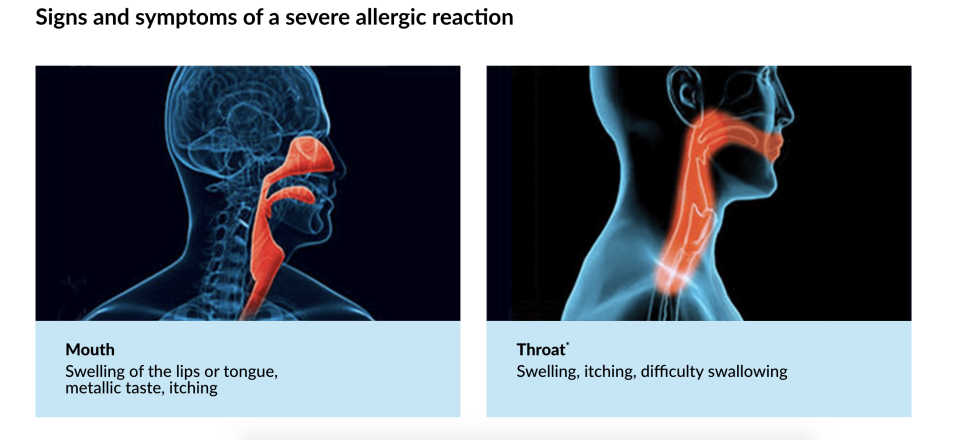
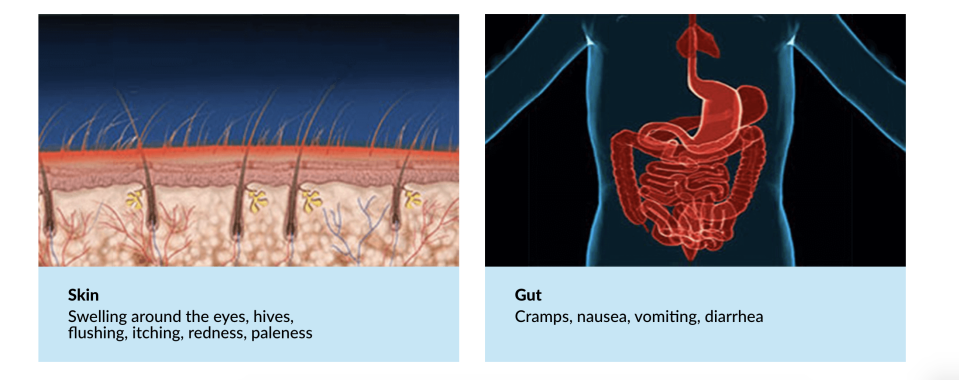
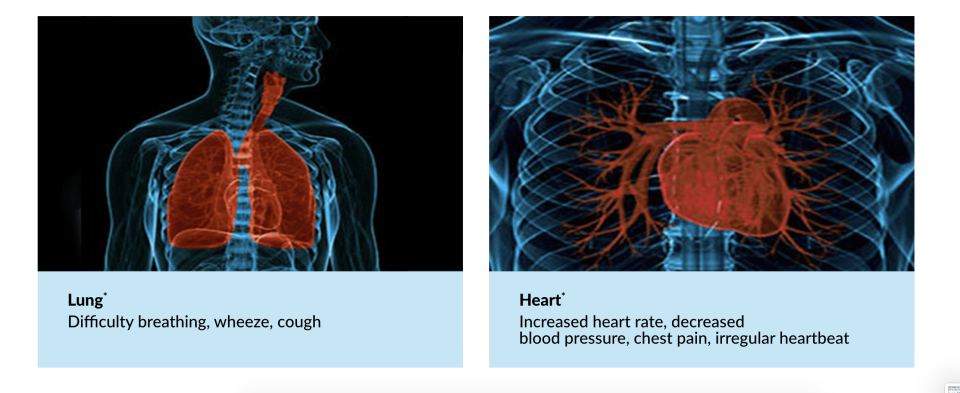

Alexa Lisitza / Via BuzzFeed
"EpiPens are very simple to use. There will be a blue cap on the flat end and an orange tapered and blunt end," Mutahir shared. "The orange end is where the needle will come out of. If you ever forget, remember the phrase 'Blue to the sky, orange to the thigh.'"
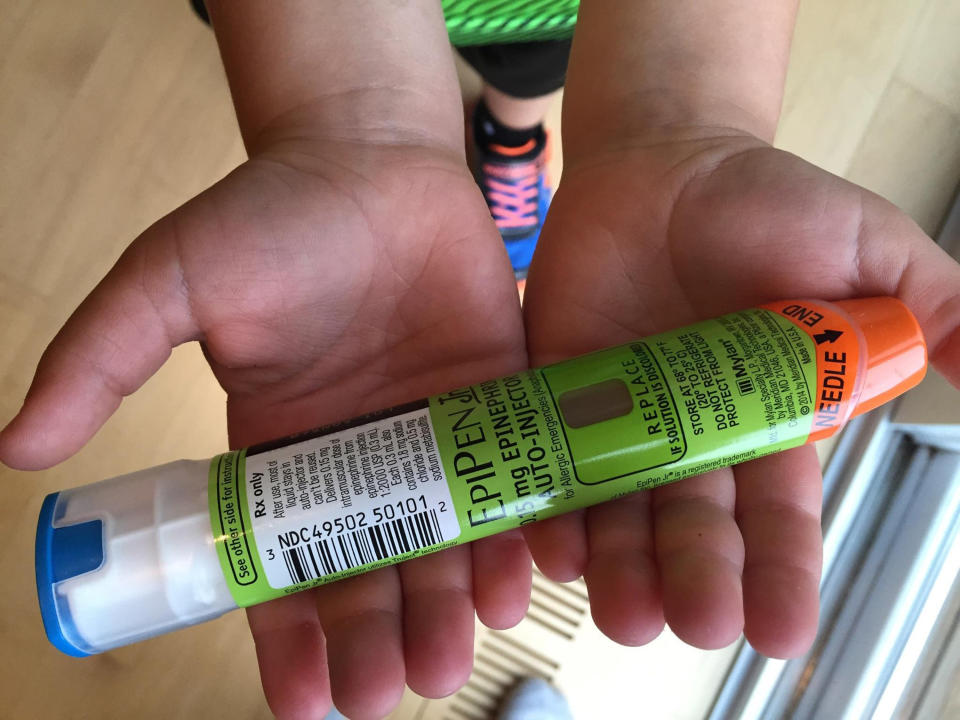
Afp / AFP via Getty Images
"First thing you want to do is take off the blue cap, which is the safety release. Take the EpiPen in your hand, firmly swing the pen so that it makes contact with the outer thigh, and press firmly until you hear a click," he continued. "This is the needle coming out and injecting the skin. Hold in place for 10 seconds and then relax."
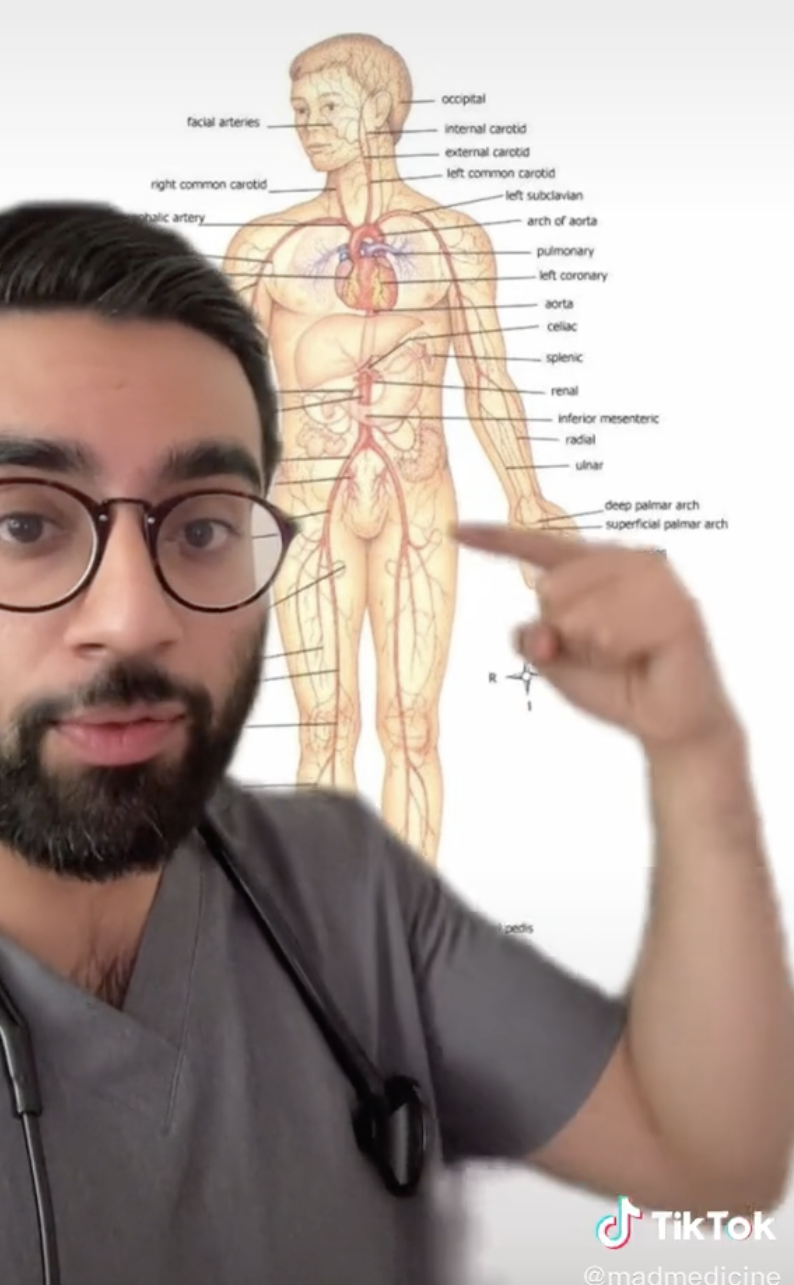
TikTok: @madmedicine / Via tiktok.com

Alexa Lisitza / Via BuzzFeed
"Most importantly, call 911 or go the ER immediately so that the doctors can evaluate you and make sure you are okay before letting you go home."

TikTok: @madmedicine / Via tiktok.com

Alexa Lisitza / Via BuzzFeed
"If you accidentally inject yourself instead of the person who needs it, you could have several unpleasant side effects, i.e. dizziness, nauseous, nervousness, anxiousness, vomiting, muscle tremors, or headache," he said. "More serious reactions like hypertension and heart attack can also occur if you inadvertently inject yourself, although these are very rare."
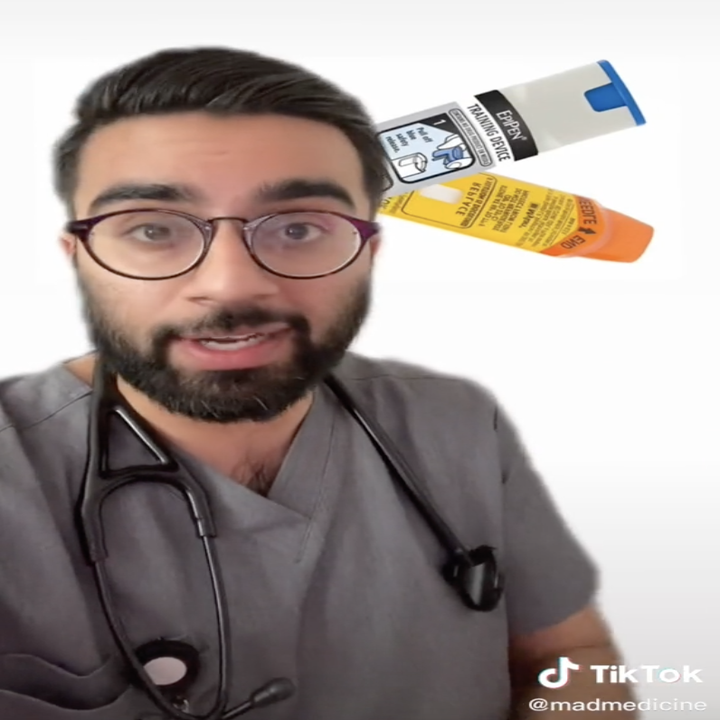
"In the end, the epinephrine in an EpiPen is a drug and should be used for its intended purpose. Nonetheless, always make sure to go to an ER or call 911 after using an EpiPen."
"EpiPens are a LIFE-SAVING tool. Best of all, you do not need to have a medical degree or even any medical training to use it. Anyone can use them!" Mutahir concluded. "Just like CPR, learning how to use an EpiPen is a vital skill that should be taught to every child and adult."
For more information on how to use an EpiPen, visit the Nationwide Children's Hospital website for a demonstration.
If you'd like to keep up with Mutahir, his medical videos, and his journey through med school, you can follow him on TikTok.